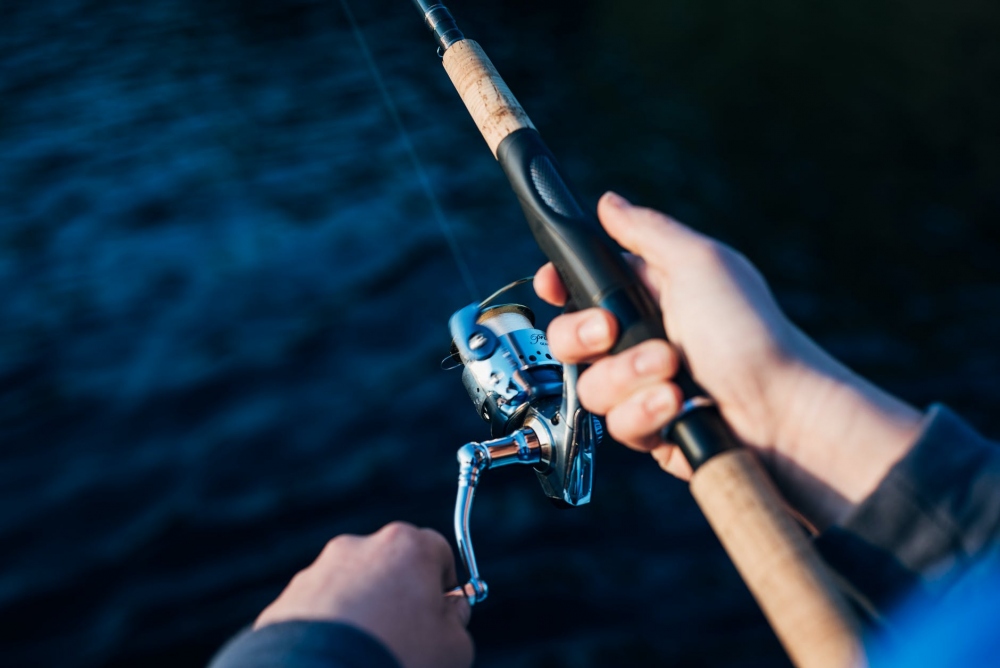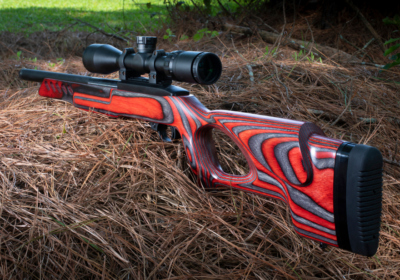Choosing a new fishing rod is very important. It must not only look beautiful but also be of high quality and fit its functions. Use the wrong rod and you might not be able to cast as far or accurately as possible. Use the right rod and you can land a cast on a dime and work your bait the way it was intended, which will also produce you more bites, catches, and fun. In this article, we will discuss how to choose the ideal fishing rod.
Material
Fishing rods are made of graphite, glass, or both. Graphite rods are usually lighter but are more prone to breakage than fiberglass. The advantage of the graphite rod is that its light sensation makes them more sensitive to fish bites and this can be easily felt. Fiberglass rods have more flexibility, making them virtually impossible to break. Fishing rods made from both formations are especially suitable for anglers who fish in different places and different climates.
Length
Fishing rod length is the first identified when choosing a new piece of equipment. Rods can range on the tiny end from 4 feet to the gigantic end of 14 feet, but most bass fishing rods tend to run between 6 and 8 feet measured tip to butt. The general rule of rod length selection is this: shorter rods cast shorter distances, and longer rods cast longer distances.
Power
The power describes how much it takes to actually bend the fishing rod. A rod with more power will bend easier. The correct combination of power and action is essential to your baits working properly. The more power, the stiffer the backbone, the less likely to bend. You would want a rod with more power for fishing. Light or ultralight rods are geared more at smaller species like trout and panfish as they have more bend and you can more easily detect a bite. Moderate power rods are ideal for pairing more reaction-based baits like crankbaits, jerk baits, or spinnerbaits, as well as finesse presentations where you don’t want to break the line. Heavier power rods are best suited to jigs, topwaters, frogs, and anything else that requires less bend in the rod.
Handle
Most rods come with a handle made from either cork, foam, or some combination of both. Anglers choose the feel of their handle strictly by personal preference. You can also choose from a longer or shorter handle depending on the distance you are hoping to cast. A longer handle allows the angler to put both hands on the rod and rip it out there a mile. Shorter handles on your fishing rod are great for roll casting, casting with one hand, or looking for a precise cast at a shorter distance.
Action
Action can best be described as the point on the rod where it bends. A “fast” action rod will bend closer to the tip, and a “slow” action rod will bend closer to the butt. Most bass anglers lean towards faster action rods, as they have a stiffer backbone and are built more specifically for handling bigger fish that fight harder. Lighter action also allows you to feel more in the fight, so ultralight tackle when chasing bigger species can produce a unique angling thrill. Use faster action rods for baits with a single hook that requires stronger, harder hooksets. And use slower action rods for moving baits with treble hooks.
In the end,
This article discussed the benefits of fishing rods. Successful catches!
Presented by: duohook.ie







I Was Eagerly Looking For Content Like This, Right To The Point And Detailed As Well Accordingly Depending Upon The Matter/Topic. You Have Managed This Greatly For Sure.